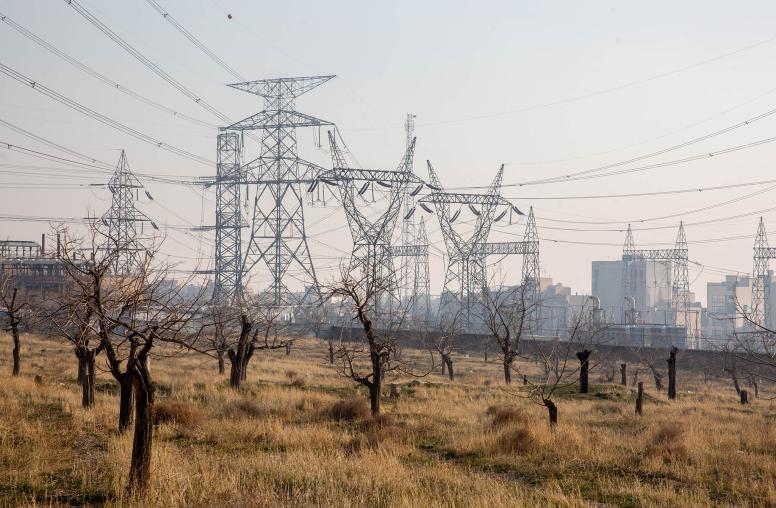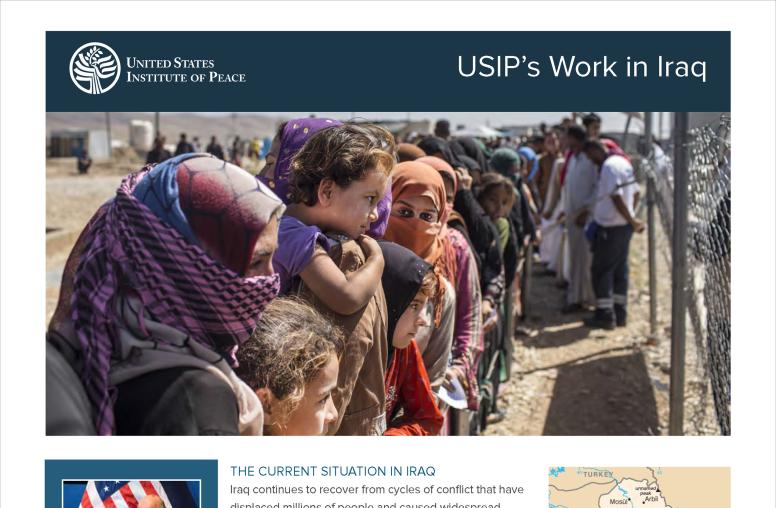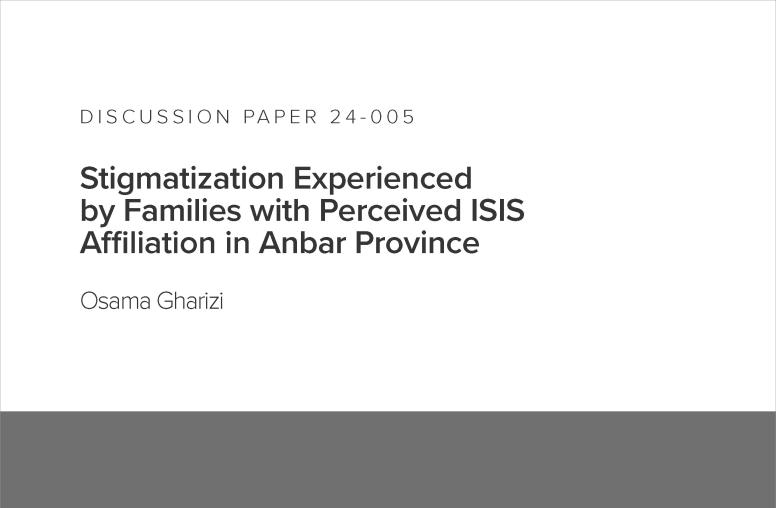Iraq's Constitutional Process II: An Opportunity Lost (Arabic Edition)
Summary
- Even with the approval of a permanent constitution in the October national referendum, Iraq’s future is uncertain. Widespread Sunni Arab opposition to the new constitution has confirmed the existence of a fault line that profoundly divides Iraqi society.
- The Transitional Authoritative Law (TAL) envisaged a six-and-a-half-month, transparent, participatory, and orderly constitutional process. The TAL also provided the option, in Article 61(F), of a further six-month extension.
- Notwithstanding the preference of the Chairman of the Constitution Drafting Committee that the Article 61(F) extension be used—a view senior Kurdish and Shia negotiators, as well as other minority group and civil society leaders publicly and privately supported—the U.S. Government pressed for the drafting to be completed by August 15. The decision not to use Article 61(F) had the effect of minimizing Sunni Arab participation in the drafting process, and led the National Assembly to make a series of ad hoc moves after it missed the August 15 deadline, which exposed the body to charges of illegality.
- The Constitution Drafting Committee began its work late and was terminated early. Substantive discussions to include Sunni Arab representatives did not begin until late June. On August 8, the negotiations were removed from the Committee to a series of private and irregular meetings between Kurdish and Shia party leaders, from which Sunni Arab negotiators were often excluded.
- The National Assembly formed a Constitutional Outreach Unit to disseminate constitutional information and analyze public responses. The Unit, however, had no more than eight weeks to engage Iraqi citizens on constitutional issues, and lacked the capacity to report to the Committee before the August 15 deadline.
- The rushed constitutional process hindered Sunni Arabs' emerging confidence in an Iraqi federal model; amplified imbalances in respective camps' technical negotiating competencies; removed opportunities for international mediation, in particular UN assistance; increased U.S. visibility as an agent and participant in the Iraqi negotiations; and excluded meaningful Iraqi citizen participation.
- Many Iraqi groups and parties criticized the draft constitution. While the reasons for opposition varied, they often included procedural complaints of exclusion from the negotiations and major substantive objections. By the end of August, opposition remained despite efforts to appease the Sunni Arab groups. Some women's groups, the parties of Ayad Allawi and Moqtada Al-Sadr, and ethnic minority groups continued to oppose the draft.
- This constitutional process was a unique opportunity lost to build new institutional legitimacy, and interethnic and intersectarian alliances. Additional opportunities to include Sunni Arabs and other groups within a federal Iraq still exist and should not be ignored.
- The Iraqi government, National Assembly, and international community should mobilize all efforts to encourage a popular commitment to democratic federalism. This should include educating the Iraqi people and bringing political elites closer to their constituents; helping Sunni Arab communities to strategize within a federal framework; and developing constitutional enforcement mechanisms to ensure that Iraqi citizens can protect their constitutional rights in the long term.
For the english version of this report, click here.



